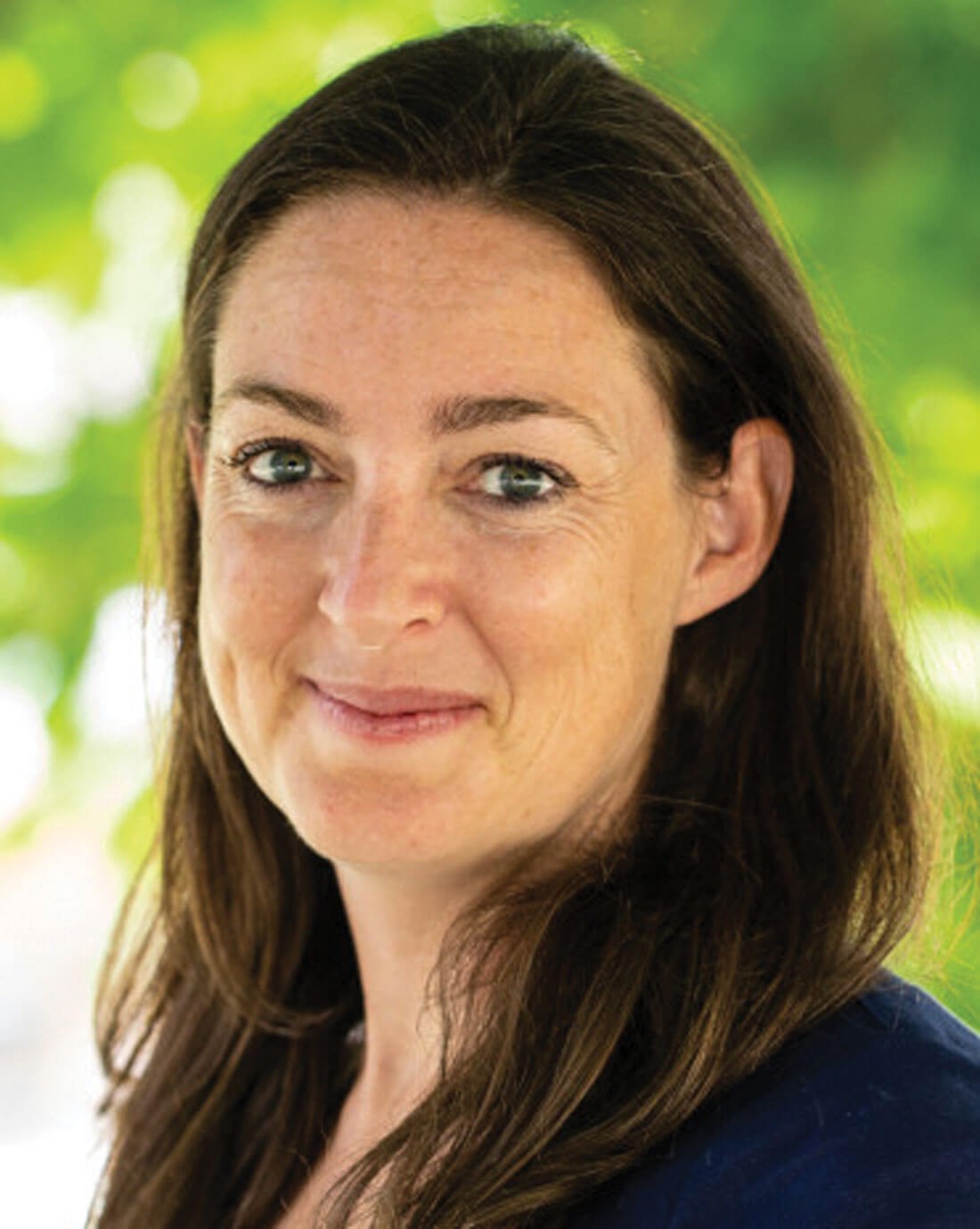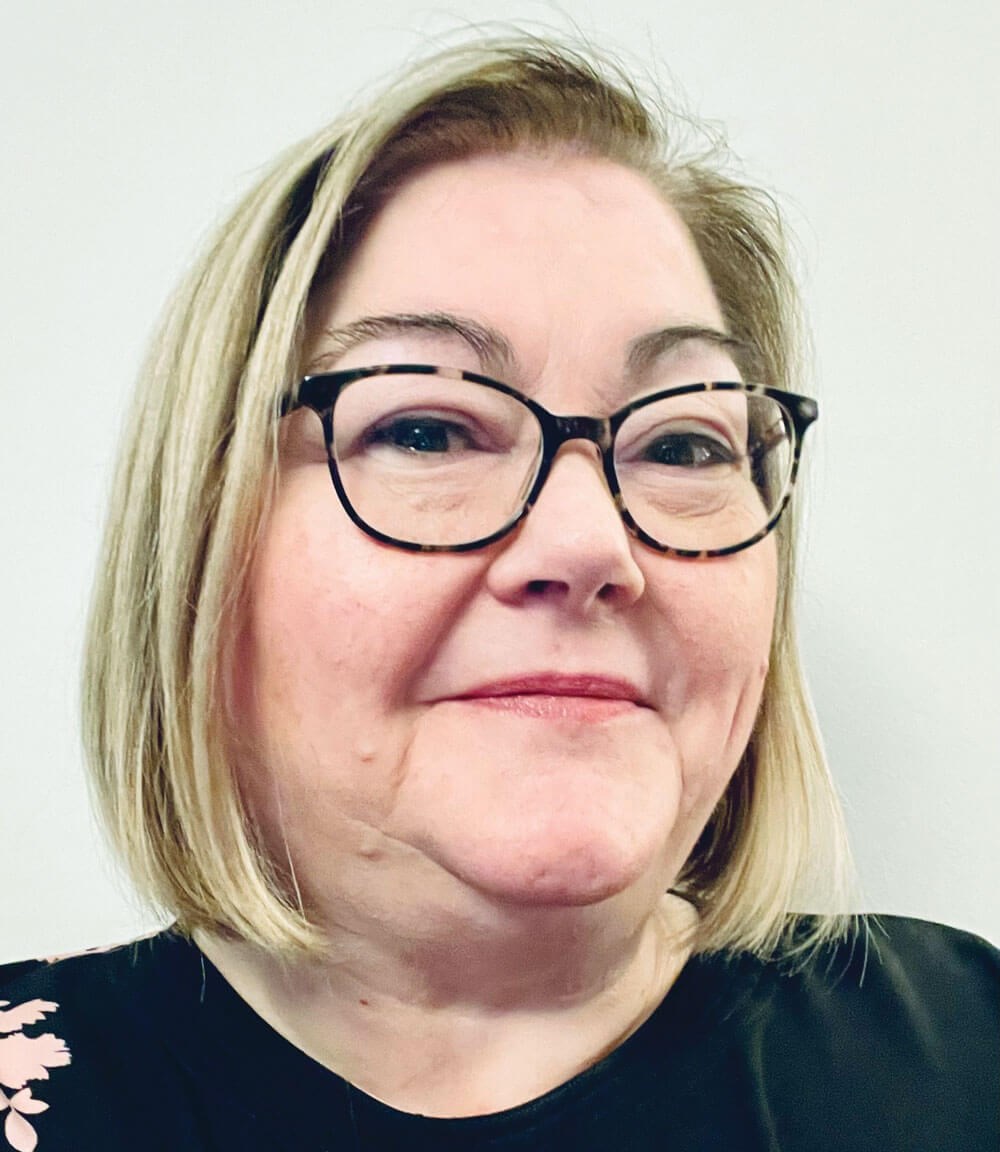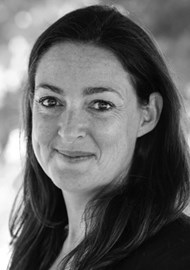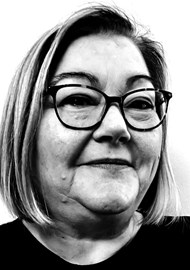Guest Section Editors

Crystal Rolfe, BSc, MSc,
Associate Director of Strategy - Health, RNID, UK.

Teri Devine,
Associate Director of Strategy - Inclusion and Employment, RNID, UK.
What is deaf identity?
There are many variables that impact on deaf identity, such as levels of hearing loss, and ability to speak or use sign language. Some people will have a level of hearing enhanced by hearing aids or cochlear implants, others will be profoundly deaf and use sign languages to communicate.
Many terms are used to describe people with hearing loss: deaf, Deaf, hard of hearing, hearing impaired. Within these categories there are descriptors, including: bilateral, unilateral, conductive, sensorineural, mixed, progressive, sudden, congenital, and acquired. Permeating through these are the medical degrees of hearing loss: mild, moderate, severe, profound. Some people use these terms to identify themselves, with varying meaning that doesn’t necessarily match the medical definitions.
Beyond communication and technology preferences, the identity of deaf people is enriched by the intersectionality of their characteristics, which are shaped by factors such as their gender, family, education, social network, work, lifestyle and health, as well as their unique strengths and limitations. It is important to remember that deafness is a spectrum and there is no right or wrong way to be deaf.
When people are diagnosed with hearing loss, they are at the start of a journey and what it means for them personally; for some, it will be to find their identity and their place in the world between the deaf and the hearing communities and acceptance of their deafness or hearing loss.
Barriers to inclusion such as poor communication, inaccessible booking systems, unbooked interpreters, and poor waiting room setup can also impact on deaf identity. When these barriers exist, deaf people often find themselves relying on friends and family to support them. This erodes independence and confidence, which can negatively impact how people feel about their deaf identity as well as their experience and outcomes with services.
Our guest editor, Teri Devine, is a Child of Deaf Adult (CODA) and describes the impact that these barriers can have: “As a CODA I am considered culturally Deaf, even though I do not have a hearing loss, as I grew up in the community and had sign language as my first language. Both my parents were profoundly deaf sign language users; my father could speak but my mother didn’t. There was an expectation that I was both interpreter and advocate. My father started using hearing aids later in his 30s. This is where, as a family, we could have used additional support and understanding of what impact using hearing aids would have. There was a lot of frustration on his part with high expectations, and this had a knock-on effect for the family. Both parents came from similar backgrounds but had very different Deaf identities with acceptance of hearing loss from one and a need for a cure from the other. My key message is do not use family as a means of communication. Book an interpreter if the person is a sign language user. The deaf person has a right to learn about their health first, then they are empowered to share what personal information they want with others.”
For Sep/Oct 2023, we have asked several deaf people what ‘deaf identity’ means to them. Their stories demonstrate the diversity across the population. Understanding that one size does not fit all is key to delivering patient centred care and strong clinical outcomes tailored to the patients’ needs. We hope these stories inspire you in your practice, to make practical adjustments and understand each patients’ preferences, without making assumptions, to bring about impact that is important to them.
CLICK BELOW FOR THE ARTICLES











